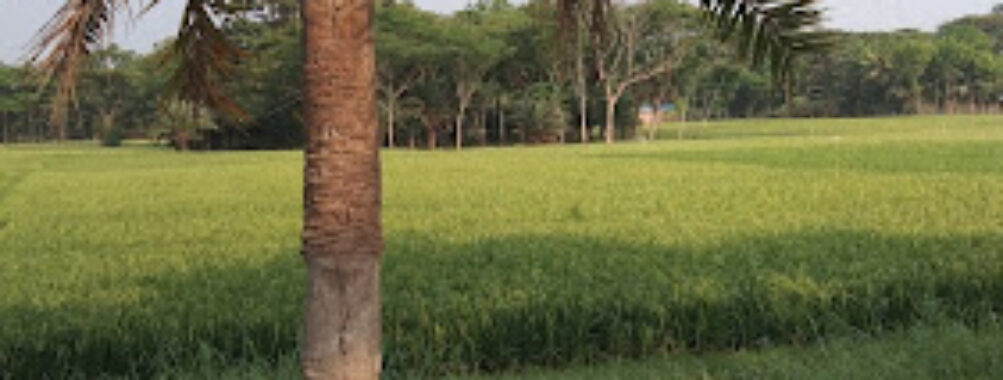
Jessore District
Table of Contents
Description
Jessore District, officially known as Jashore District, sits in the heart of the Khulna Division of southwestern Bangladesh and has long carried a reputation as a place with both history and a touch of understated charm. Surrounded by Narail, Khulna, Satkhira, Magura, and Jhenaidah districts, and brushing up against the Indian border to the west, it has always been a meaningful crossroads of culture and trade. The district’s capital, Jessore city, serves as its bustling hub, offering a mix of traditional marketplaces, administrative centers, schools, and cultural landmarks.
The region has a fascinating legacy. Jessore is often credited with being the first independent district under British rule in Bengal, established in 1781, giving it a unique place in the country’s administrative history. Over the centuries, the land has shaped thinkers, poets, farmers, soldiers, and entrepreneurs. Travelers find the district to be both grounded and intriguingly layered—it’s not one of those places that markets itself with flashy slogans, but rather lets you uncover its stories one by one.
Jessore’s geography adds another layer of interest. The Bhairab, Chitra, Kopotakkho, and Betna rivers weave through the area, creating fertile fields that sustain a largely agricultural population. You’ll notice endless stretches of green paddy fields, date palm trees, and small villages punctuated with temples, mosques, and age-old markets. And yes, if you ever get a taste of the local date sugar—called patali gur—you might just find yourself wanting to carry some home.
For those who like history, Jessore doesn’t disappoint. It was a critical point during the Bangladesh Liberation War, and reminders of this era remain scattered throughout the district, carved into monuments and echoed in the memory of people who lived through it. And then there’s the literary heritage—Jessore proudly claims itself as home to celebrated poet Michael Madhusudan Dutta, a pioneer in Bengali literature, whose name lives on in schools and cultural festivals across the region.
On a more everyday level, Jessore city is lively but not overwhelming. The Sadar Upazila works as its administrative and commercial nucleus. Old colonial buildings, mosques, and libraries blend with more modern office complexes, universities, and cultural centers. The Jessore Collectorate Building is still standing, giving visitors a taste of its colonial legacy, while educational institutes like Jessore Zilla School and Jessore University of Science and Technology bring a youthful energy. On the edge of town sits the cantonment, a reminder of Jessore’s long-standing ties with national defense.
And if you’re someone who enjoys wandering into smaller towns and upazilas, the district again makes an impression. Abhaynagar is known for its industries, Manirampur for its rural charm, Keshabpur and Bagherpara for farming landscapes, and Sharsha with its strategic land port connecting Bangladesh and India. Each upazila has its own micro-culture and often its own distinct food flavors, folk rituals, or markets. It’s these little details that often leave travelers with the strongest memories.
For many visitors, Jessore isn’t just a stopover to get to Khulna or further south—it manages to slow you down, urging you to sit with a cup of tea by the road and watch everyday life unfold. Maybe it’s a farmer bringing baskets of vegetables to town, students in crisp uniforms heading to school, or the hum of evening bazaars flickering to life with lanterns. The place doesn’t need to overdo it; it stands firmly on tradition and authenticity, and that’s what makes it special.
Location
Places to Stay Near Jessore District
Find and Book a Tour
Explore More Travel Guides
No reviews found! Be the first to review!